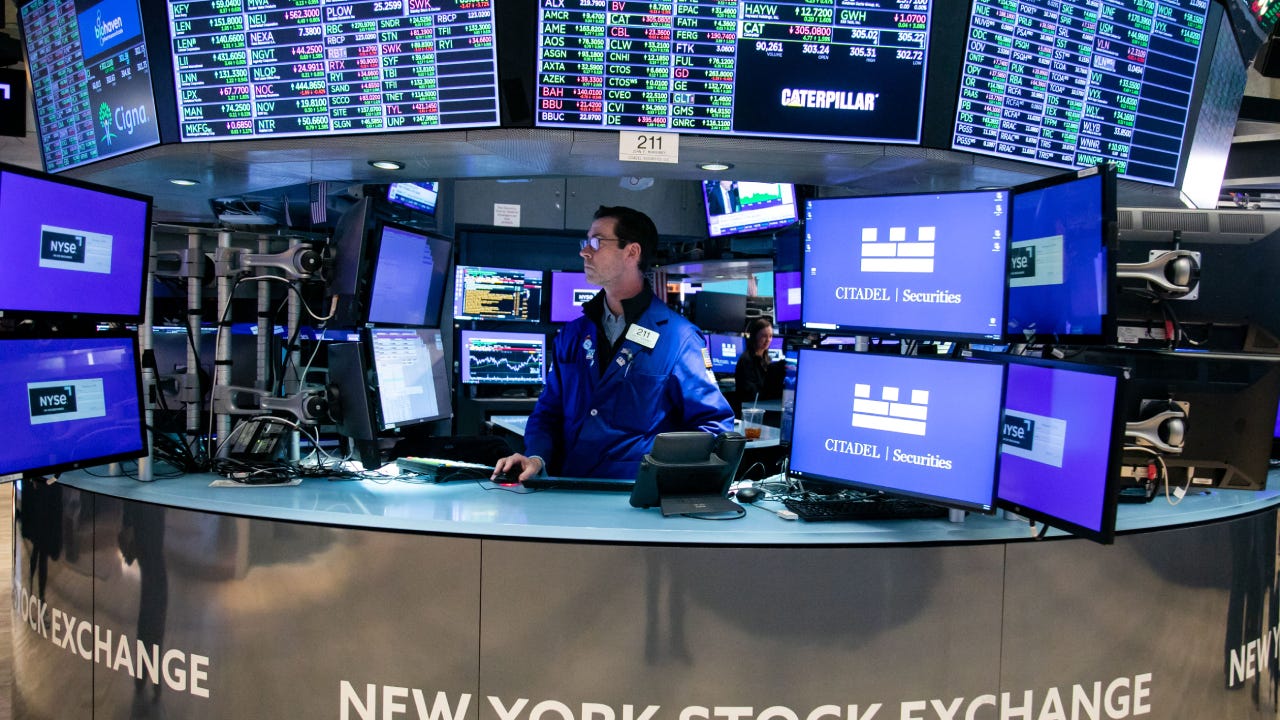What is idiosyncratic risk?



Idiosyncratic risk refers to risks that are unique to an individual asset such as a company’s stock or a group of assets such as the stocks of a particular industry. Idiosyncratic risks are important for investors to be aware of because they can have a big impact on your portfolio and can be mitigated or eliminated through portfolio diversification.
Here’s what else investors should know about idiosyncratic risk and how to reduce it.
What is idiosyncratic risk?
Idiosyncratic risks are risks that are unique to an individual asset or group of assets such as single stocks or stocks of companies in a single industry. Idiosyncratic risk is sometimes referred to as “unsystematic risk” because it affects a subset of stocks rather than most or all stocks.
Investors broadly face two types of risks: systematic risk and unsystematic risk.
- Systematic risk, sometimes known as market risk, tends to be macro factors that impact entire asset classes or the market as a whole. Inflation, interest rates, recessions, and wars are examples of systematic risk. Systematic risk cannot be fully eliminated through diversification since the risk applies across the market.
- Idiosyncratic risk, on the other hand, refers to risks faced by individual companies or industries. These risks might be competitive threats, financing risks, management or operational risks – items that are specific to the company or industry. Idiosyncratic risks can be mitigated or eliminated through diversification.
Examples of idiosyncratic risk
Idiosyncratic risks can be put into a few different categories:
- Business risk: Risk that a company may face a competitive threat such as from a new product or new entrant to the industry.
- Operational risk: This risk may result from a factory being temporarily shut down or a group of employees going on strike.
- Financial risk: Risk due to a company’s financial structure such as having a large amount of debt on its balance sheet.
- Regulatory risk: Risk that new regulations could impact how the company operates or its ability to earn a profit.
Tesla, for example, may face idiosyncratic risk due to the unpredictable behavior of its CEO Elon Musk. Musk’s behavior doesn’t impact the entire stock market or even the stocks of other automakers, so the risk is unique to Tesla.
On the other hand, a strike by autoworkers, as we saw in 2023, can impact the business operations of several automakers such as Ford, General Motors and Stellantis. This idiosyncratic risk was unique to the auto industry and wasn’t felt in other economic sectors.
Companies that operate in the cryptocurrency industry face regulatory risks as governments around the world grapple with how to regulate digital assets. But new laws around crypto won’t impact companies that operate in other industries.
How to mitigate idiosyncratic risk
The good news about idiosyncratic risk is that it can be mitigated through portfolio diversification. By holding a broad portfolio of stocks across companies and industries, you reduce the impact that a single holding has on your overall portfolio.
One of the best ways to achieve a diversified portfolio of stocks is by holding a low-cost index fund that tracks a broad market index such as the S&P 500. These funds are typically available with a cost of 0.10 percent annually or less, meaning you’d pay less than $10 annually for every $10,000 invested in the fund.
To be sure, if you choose to invest in a broad index fund, you’ll still face systematic risks, which can be mitigated only somewhat by investing in different asset classes such as stocks, bonds and real estate.
Pitfalls of trying to diversify
While there are many types of index funds available, be sure you select one that is diversified across industries. Some widely-followed market indexes, such as the Nasdaq, are not as broadly diversified as you might think. You may end up facing more idiosyncratic risk than you wish if your holdings are concentrated in a certain industry such as tech.
Furthermore, simply buying another index fund may not fix the issue, since the fund’s holdings may overlap significantly with a first fund. For example, one of the biggest risks in index funds is that they hold lots of similar large-cap stocks such as The Magnificent 7. If you buy an S&P 500 fund to diversify your Nasdaq fund, you’ll end up getting a second helping of these large stocks, increasing your exposure to the names you’re looking to reduce exposure to.
You may also like

What is a homeowners insurance peril and how does it work?



